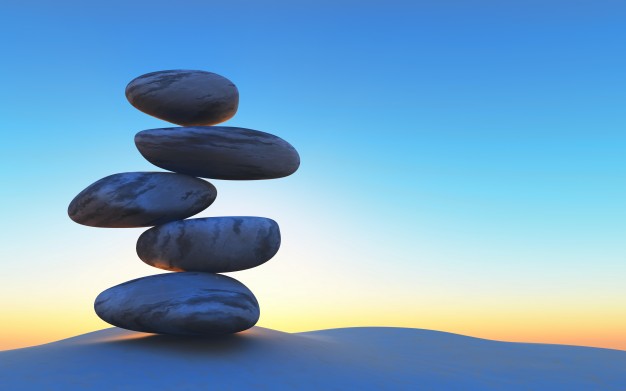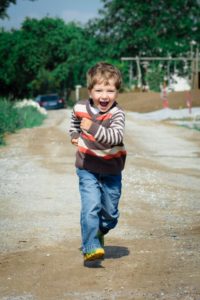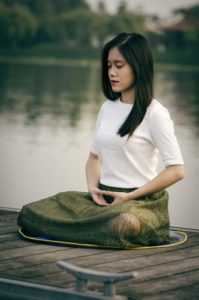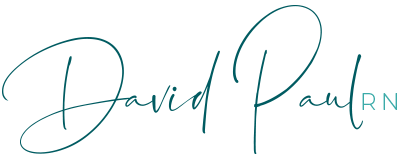
Movement Orientation
The Feldenkrais Method is a type of exercise therapy devised by Moshé Feldenkrais. The method is claimed to reorganize connections between the brain and body and so improve body movement and psychological state.
The Feldenkrais Method is a tool that’s friendly to achieving Perfect Posture as it increases flexibility. By gaining proper flexibility to the spine, a natural, or biologically correct curvature to the spine is more quickly achieved. It makes it easier to become relaxed and comfortable when standing or sitting the way the body was designed to sit and stand.
From the Feldenkraisinstitute.com website:
Feldenkrais Method Overview
The Feldenkrais Method® is a remarkable approach to human movement, learning and change originally developed by Moshe Feldenkrais. The method is based on sound principles of physics, neurology and physiology, and the conditions under which the nervous system learns best. Feldenkrais (sometimes called Feldenkrais therapy) is recognized for the strategies it employs to improve posture, flexibility, coordination, athletic and artistic ability and to help those with restricted movement, chronic pain and tension (including back pain and other common ailments), as well as neurological, developmental and psychological problems.
The Feldenkrais Method explores the biological and cultural aspects of movement, posture and learning, and how our habits can constrain us to a small portion of our potential. Through our personal history, upbringing, culture, injuries, illness, etc., we each adopt patterns of physical and psychological behavior. These patterns are deeply embedded in our nervous system, and often become outmoded or dysfunctional, creating unnecessary physical, and psychological limitations. The Feldenkrais Method uses a process of organic learning, movement, and sensing to free you from habitual patterns and allow for new patterns of thinking, moving and feeling to emerge.

The Backbone; Lost in Western Civilization
Feldenkrais is taught in two complimentary formats:
Awareness Through Movement®
Functional Integration®
Functional Integration (FI)
Functional Integration (FI) is a one-to-one approach. Learning, change and improvement are achieved through the use of specific skilled manipulation and passive movements, individualized for the client’s particular needs. Functional Integration is gentle, subtle, effective, and widely recognized for its ability to address both minor aches and pains, and serious muscular-skeletal and neurological problems, chronic tension, and the developmental problems of children.
Awareness Through Movement (ATM)
In these structured movement lessons, students typically begin by lying on comfortable cotton mats (lessons are taught using a variety of positions, including sitting in chairs or standing). Using a combination of guided attention and pleasant, purposeful movement, each lesson guides you through the essential dynamic relationships in a particular pattern of movement and action. Unlike traditional exercise, where movements can become mechanical and the objective is to burn calories, stretch or train willpower for its own sake, Awareness Through Movement teaches you the secrets to reducing unnecessary muscular effort and improve your awareness of your whole self in action. This emphasis on sensory learning results in movement and vitality that are more flexible, pleasurable and free from aches and pains. The lessons are easy to do, of benefit to everyone, and the results can be extraordinary.
Awareness Through Movement was developed by Dr. Feldenkrais as a means to re-engage the nervous system in the kind of learning we

Lost in western civilization: Primal Posture
all do as infants, but later usually abandon. The compositional structure of the lessons creates a conversation of sensing, feeling, resting and moving that engages your whole system in a process of organic learning where old habits can be replaced by new awareness and skill.
Dr. Moshe Feldenkrais (1904-1984)
A short biography
The Feldenkrais Method was developed by Moshe Feldenkrais, D.Sc.,(1904-1984), who synthesized insights from physics, motor development, bio-mechanics, psychology, and martial arts to develop a powerful, effective, and practical application, that reconnects learning with human health and function.
Dr. Feldenkrais was a distinguished scientist, physicist and engineer. He earned his Doctorate of Science in physics from the Sorbonne and was a close associate of Nobel Prize Laureate Frederic Joliot-Curie at the Curie Institute in Paris, where they conducted research together. He was also a respected Judo instructor and author of many books on the subject. Living in England in the 1940’s, Feldenkrais found himself unable to walk after suffering a serious injury. He began an intense exploration into the relationship between bodily movement, and healing, feeling, thinking, and learning. As a result, he restored his ability to walk and made revolutionary discoveries, culminating in the development of the method that now bears his name.
Before he passed away in 1984, in Tel-Aviv, Israel, Feldenkrais personally trained a small group of practitioners to continue his work. Today there are over 6,000 Feldenkrais Practitioners around the globe. His insights contributed to the development of the new field of somatic education and continue to influence disciplines such as the arts, education, psychology, child development, physical and occupational therapy, sports enhancement, and gerontology.
From Wikipedia.com
In 2015, the Australian Government’s Department of Health published the results of a review of alternative therapies that sought to determine if any were suitable for being covered by health insurance; the Feldenkrais Method was one of 17 therapies evaluated for which no clear evidence of effectiveness was found. Accordingly in 2017 the Australian government named the Feldenkrais Method as a practice that would not qualify for insurance subsidy, saying this step would “ensure taxpayer funds are expended appropriately and not directed to therapies lacking evidence”.
It is not known whether the Feldenkrais method is safe or cost-effective, though according to Ernst and Singh’s overview of alternative medicine “there are no conceivable serious risks”.
David Gorski has written that the Method bears similarities to faith healing, is like “glorified yoga” and that it “borders on quackery”.
Also, from Wikipedia.com
Many studies have tried to determine the effectiveness of yoga as a complementary intervention for cancer, schizophrenia, asthma, and heart disease. The results of these studies have been mixed and inconclusive. On December 1, 2016, yoga was listed by UNESCO as an intangible cultural heritage.
After review of the Feldenkrais Method from a Perfect Posture perspective, whether it’s like “Glorified Yoga” or unglorified Yoga, it’s hard to believe it would not be highly beneficial as it’s stated overview suggests. Like Yoga it’s been endorsed by thousands of non professionals and professionals alike, over many years. The only problem from a Perfect Posture instruction standpoint is that it’s not as precise or clear in it’s tenants of movement, or body alignment.

Why It’s Done Can’t Be Explained
Like Yoga Feldenkrais is a method of reversing or lessening damage from habitually standing or sitting too long in Type 1 or “proper” position. It makes no mention of preventative behavior, in other words, that you should sit and stand “up straight” as little as possible. And, if possible, not at all. Otherwise it’s a valuable tool like unglorified Yoga and related disciplines.
According to UNESCO or the United Nations Educational, Scientific and Cultural Organization an “intangible cultural heritage” (ICH) is a practice, representation, expression, knowledge, or skill, as well as the instruments, objects, artifacts, and cultural spaces that are considered by UNESCO to be part of a place’s cultural heritage.
See my Perfect Posture tips for precise, clear instruction in body alignment and tenants of movement so your body doesn’t fall apart as you age. If you’re already old read my blog so after a period of time – and you can start right now – your body will become trained, and awareness of positioning will automatically be held.
It’s like riding a bike; you’ll never forget, and you won’t have to think about it while your doing it. Learn where to put your body parts and when for a balanced ride through life.

